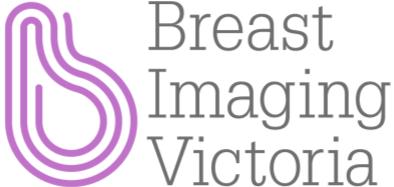What is a Mammogram?
A mammogram is a Breast X-ray. Some women find the examination uncomfortable. For those that do, the discomfort passes quickly.
Every effort will be made by the Mammographer to ensure you are as comfortable as possible during the examination. You have a right to refuse to continue at any point.
Please note; children will not be allowed in the X-ray room. Please leave them at home or bring somebody to watch them in the waiting room. Patients will be able to return to normal activities immediately after the procedure.
Types of Mammography?
There are several types of Mammography, these include:
- Standard Mammogram
- is an x-ray procedure used specifically to X-ray the breasts. Some women find the examination uncomfortable due to compression. For those that do, the discomfort passes quickly.
- Contrast-Enhanced Digital Mammogram
(page link) - is a quick breast imaging technique which combines 3D Tomosynthesis digital mammography with an intravenous contrast agent to identify malignancies.
- 3D Breast Mammography or 3D Breast Tomosynthesis - is a new type of procedure. It is an X-ray procedure similar to a mammogram, but unlike a mammogram, which captures a 2D or flat image of the breast, a tomosynthesis can be used to produce 3D images.
Your doctor will advise you of the most suitable diagnostic pathway.
What Conditions can be Diagnosed by Digital Mammography?
The mammography procedure is used by doctors and specialists to diagnose breast cancer, and other conditions of the breast. An ultrasound examination may also be recommended to obtain further information.
This is usually done at the discretion of the Radiologist and is often done when breasts are especially dense.
Why is a Mammography Required?
Mammography can detect tumours which are too small to be felt.
Patients who are considered at high risk of developing breast cancer (i.e. due to a family history of breast cancer) may also be advised by their doctor to undergo regular testing.
Are There any Risks of Mammography?
There is a small amount of radiation used; however, the benefits outweigh the risks from the radiation. There is also a small chance that if you have breast implants these could rupture, however, there is no evidence that this is the case.
Another risk that is associated with a mammogram is that it may detect cancers that may not have caused any symptoms or become life-threatening. This can, however, lead to anxiety and unnecessary tests and or surgery.
Preparation for Mammography
What will Happen when You Arrive for Your Mammogram?
Your details will be checked, and your examination carried out by a radiographer who has specialised in breast work or more commonly called a Mammographer. You will be asked to undress from the waist up. It is recommended that you wear a loose, comfortable, two-part outfit.
The whole appointment takes less than half an hour and the actual mammogram will take around 5- 10 minutes.
About Your Mammography Results
The Radiologist’s report which contains your results will be sent to your doctor within a few days.
Further Assessment After Mammography
Some patients will require additional imaging such as
Ultrasound
or
MRI
and some patients may also require a breast
Biopsy.


